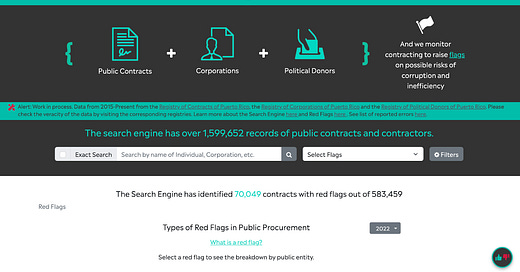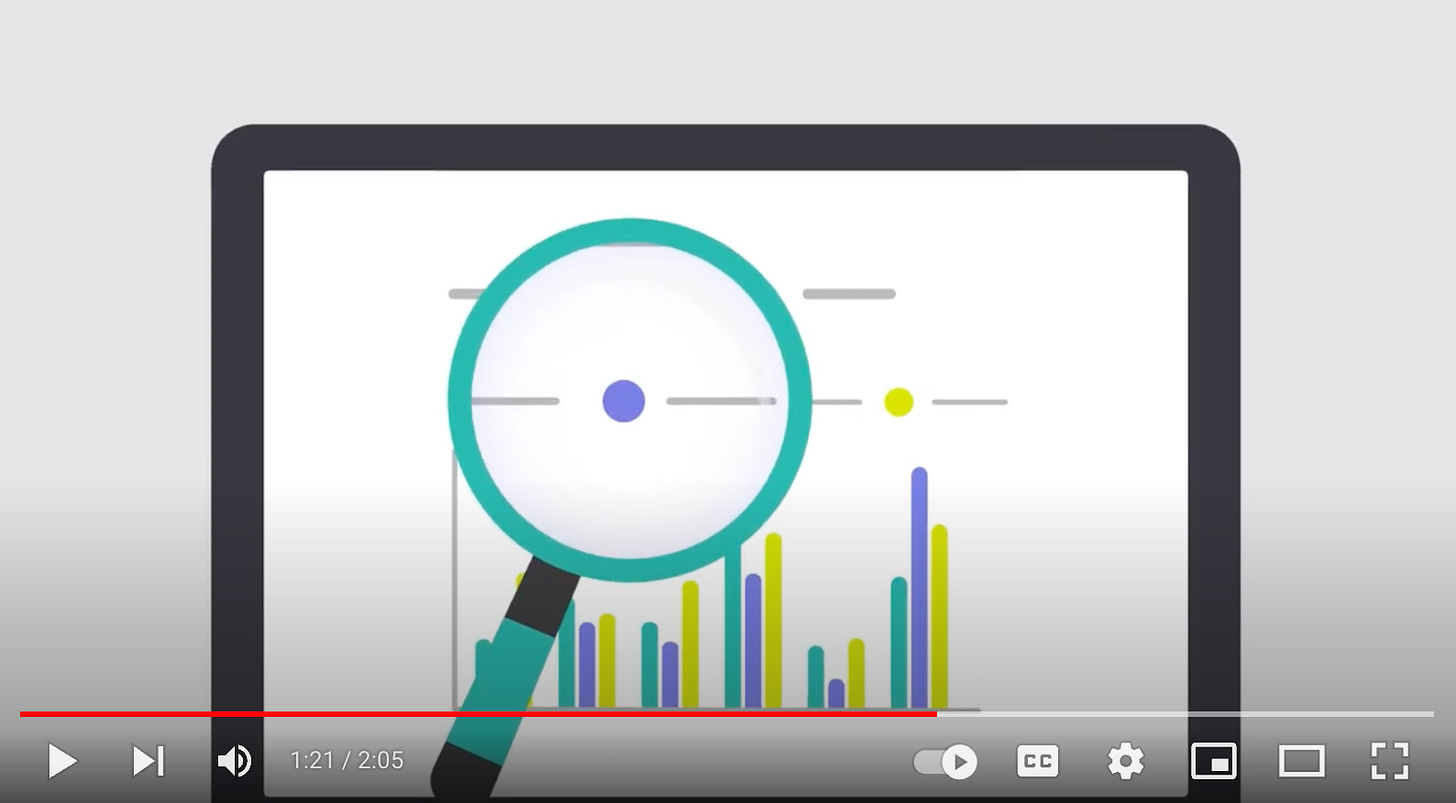Contracts, Data and Investigations 68
This week: Investigations in Colombia, Central America’s “Odebrecht”, US defense contracts & new data in Puerto Rico, Kazakhstan & Switzerland.
In this newsletter, we cover stories about the use and abuse of public contracts and provide tips and insights on how to investigate public procurement. Are you investigating a public contract right now? Get in touch – we’d love to help.
[What we are keeping an eye on]
After allegations of bribery in public works contracts emerged in Costa Rica last year, the Centro Latinoamericano de Investigación Periodística (CLIP) is digging into the deals of the construction firm MECO and its networks in Central America and beyond. Read their investigation together with Costa Rica’s CRHoy, Panama’s Foco Panamá, and Colombia’s El Espectador.
Military contractors accused of abusive labor practices keep getting work because U.S. defense officials don’t share information with one another or with other agencies. According to an NBC News analysis, at least 10 companies with substantiated trafficking violations since 2007 have received billions in new government contracts. Meanwhile, defense companies have been busy in the halls of power on the Hill. The defense sector spent US$101 million on lobbying during the first three-quarters of 2022, Open Secrets’ Taylor Giorno and Filip Timotija reveal.
In Colombia, modernizing rural areas requires investment. El Espectador’s David Riaño Valencia examined the US$1.3m spent on building irrigation systems in the Cesar region. He found evidence of a “Contract-Fest:” one contract went to a company that was broke, and lots of well-connected figures got involved. Elsewhere in the country, in Cali, the civil society monitoring initiative Mi Cali Contrata Bien has analyzed and visualized the city’s public contracts, including road works carried out under a US$18m rehabilitation project.
As part of South Africa’s Zondo Commission probe into state capture, the dirty dealings of major Western companies are attracting attention. Correctiv’s Frederik Richter investigates bribery allegations against German’s telecom firm Deutsche Telekom. The New York Times’ Michael Forsythe and Walt Bogdanich cover the charges brought against the South African branch of global consulting firm McKinsey over its role in a consulting contract with state-owned transport enterprise Transnet.
[Data insights]
Puerto Rico’s Sembrando Sentido created Contratos En Ley, a digital platform that opens up and evaluates public contracting processes in Puerto Rico. It links public contracts, company information, and campaign donations, and tracks red flags. Search the contracts here. El Nuevo Día’s Manuel Guillama Capella provides insights into the government’s $13.5 billion spending.
Details about Switzerland’s public contracts above CHF 50k can be accessed here (direct link to the Excel of 2021 contracts). Matthias Stürmer, Head of Bern’s Institut Public Sector Transformation, had a quick look.
Just days after Kazakhstan launched a new business intelligence tool, the information is leading to stories on the lack of competition in public contracts in the capital city. Local NGO Adilkik Zholy analyzed the portal, listing the top suppliers from areas such as the West Kazakhstan Region, writes Ludmila Kalashnikova on Urals Week.
[Tips from practitioners]
“We must design all of our tools to be able to work in an environment that is hostile to analysis.”
As recent progress in Kyrgyzstan stalls and even backslides, this insight from Kloop co-founder Rinat Tukhvatshin is critical for journalists who use and rely on data to uncover corruption.
Our colleague Volodymyr has highlighted some of the innovative formats journalists across Eastern Europe and Central Asia are using to report on public procurement. They include a range of creative media, from Telegram, to Instagram, as well as traditional TV, and even performing poems.
Have a tip to share? We’d love to hear and share it!
[Tools & resources]
Formatting your data about public procurement allows you to tap into all our data resources, including an overview of key use cases such as efficiency, competition and anticorruption, a handy checklist to review your data quality, and how to calculate sustainability indicators. Here’s a quick video introducing how to calculate red flags.
We have an exciting new resource in the pipeline to provide you with easy access to all data published in the Open Contracting Data Standard from more than 50 countries. For a sneak peek, get in touch.
We’ll also be at the International Anti-Corruption Conference in Washington, D.C. from 6-10 December. Reach out to Sophie and Georg if you’ll be there as well. We’d love to have a coffee.
***
This newsletter has been put together by the Open Contracting Partnership. Thanks for reading. Do give us a like if you’ve enjoyed the read. Did a friend forward you this email?






